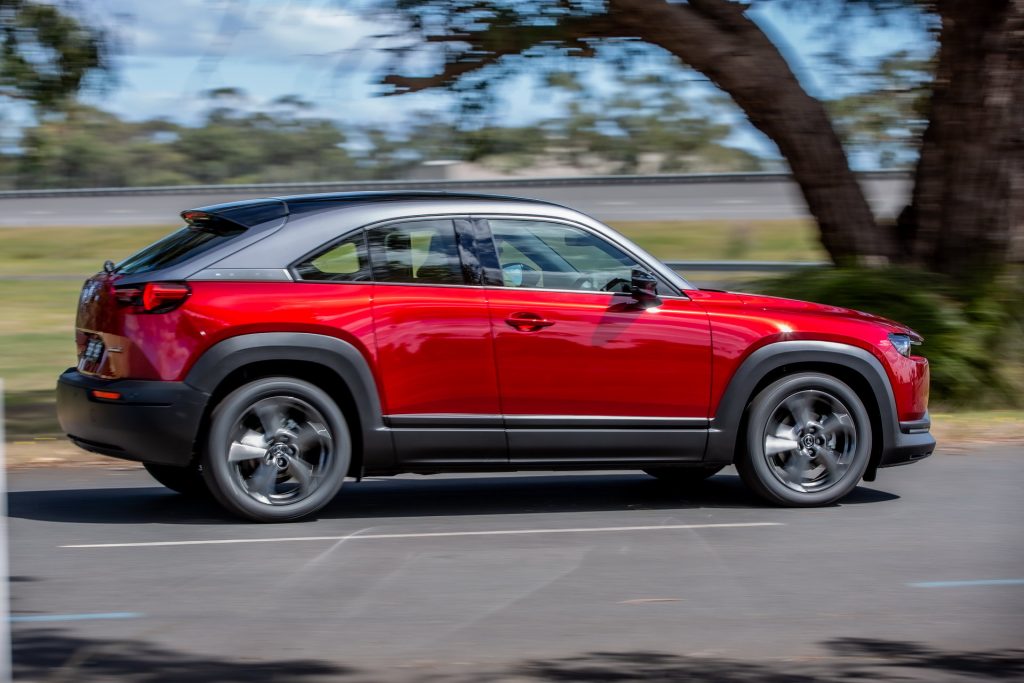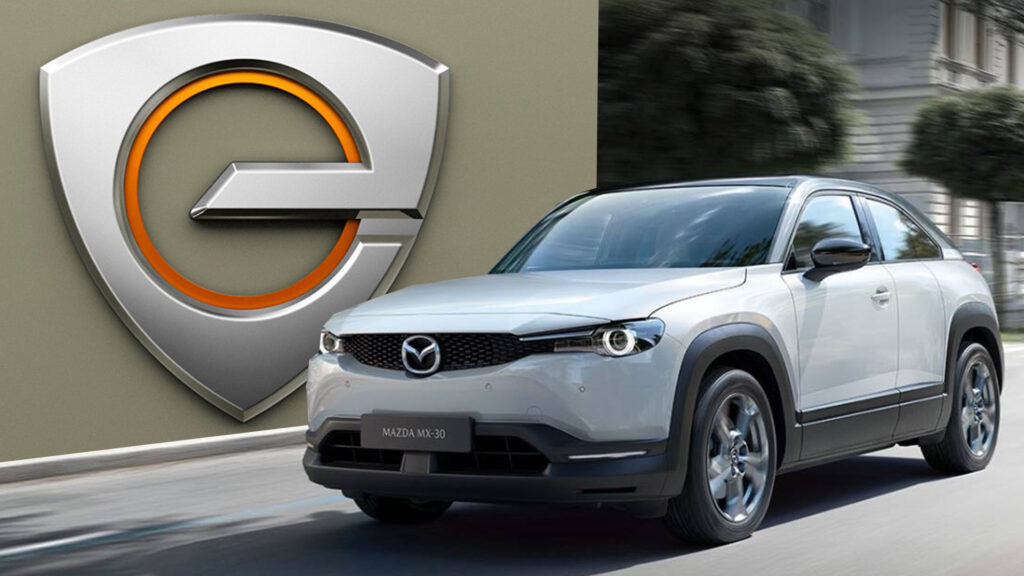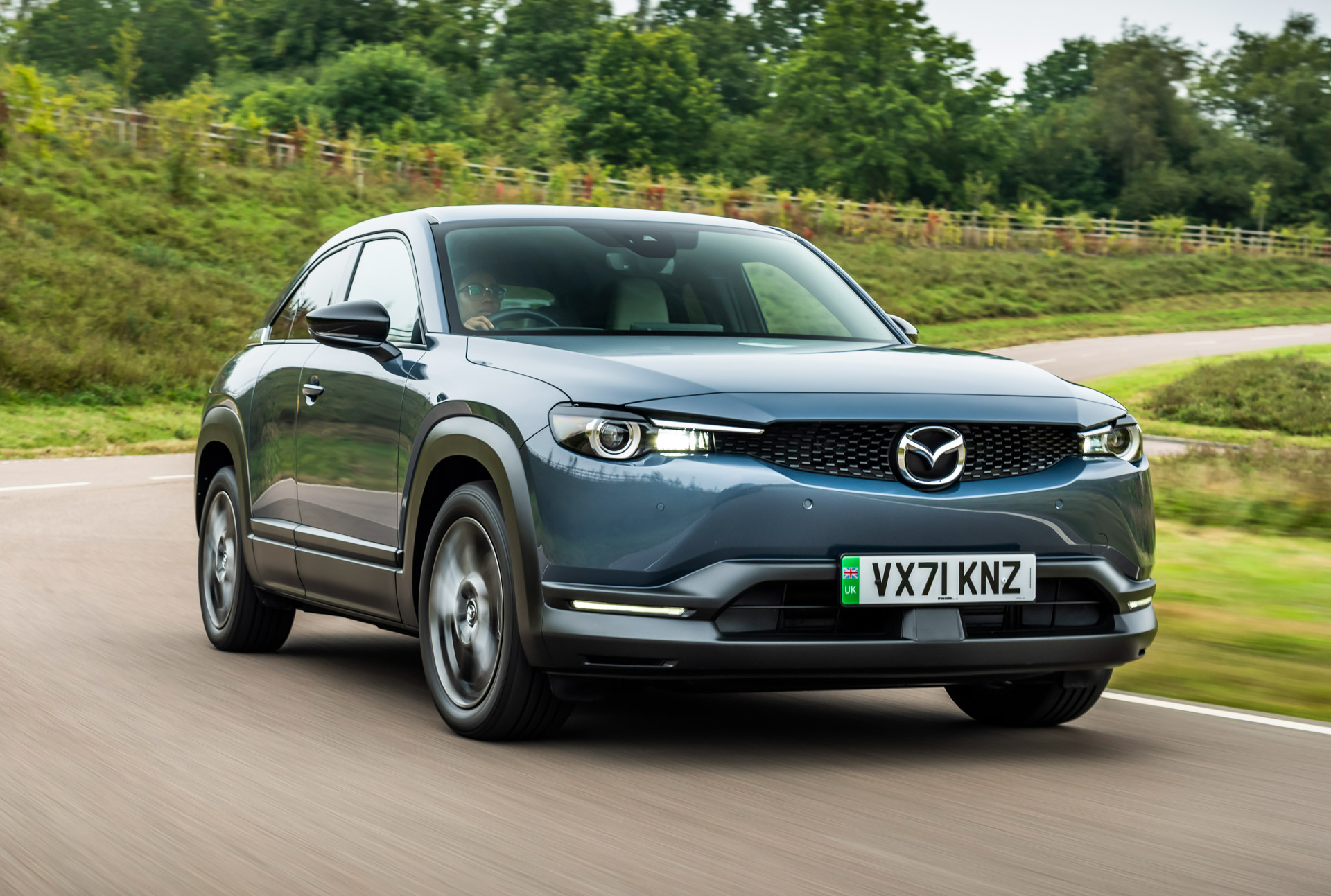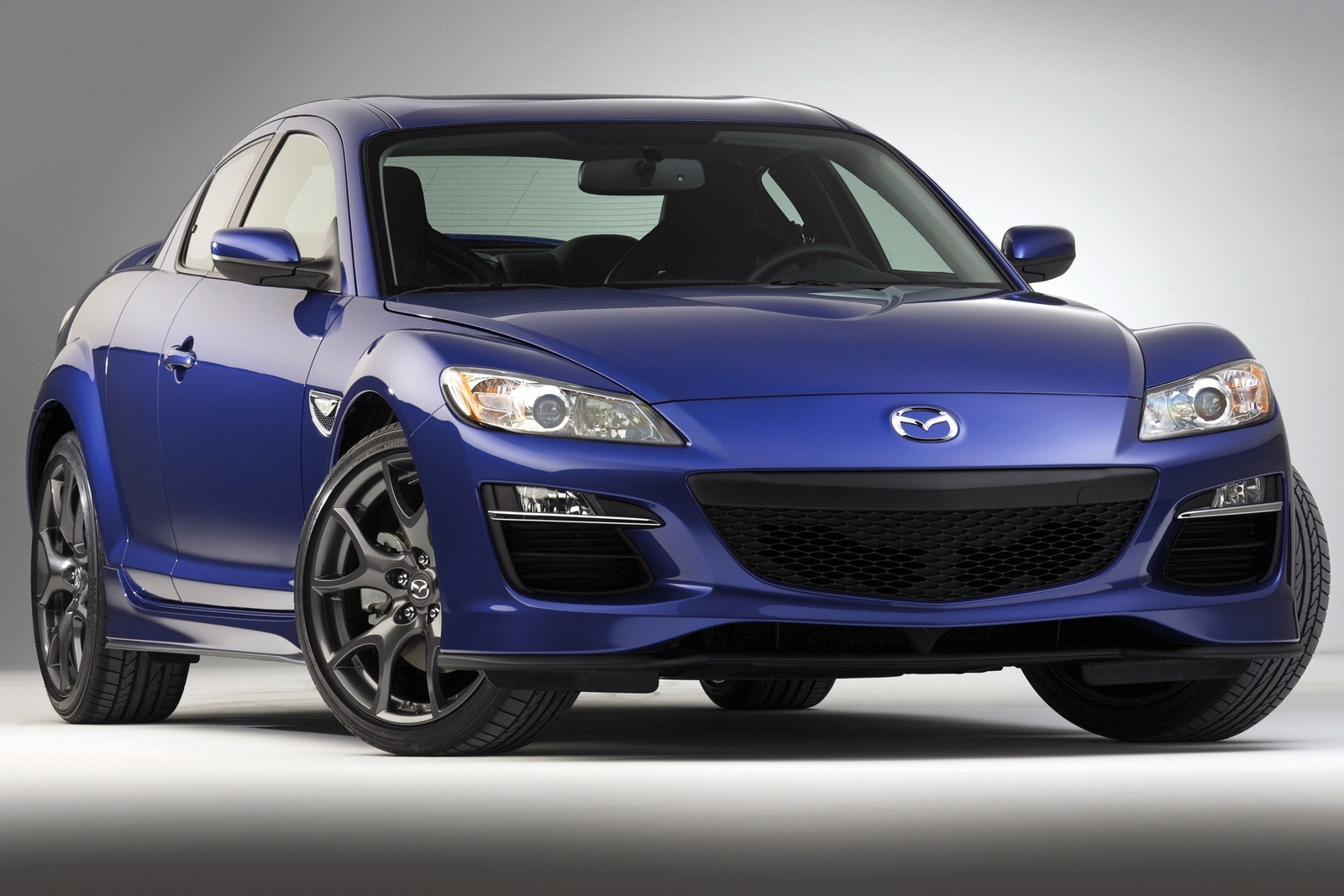The rotary engine is back. Two decades after Mazda unveiled its last wankel-powered production car, the company that flew the flag for piston less engines longest will unleash a rotary MX-30 at the Brussels Motor Show this Friday.
The long-awaited addition to the MX-30 crossover lineup won’t be strictly speaking rotary-powered, because the rotary engine will only be used as a generator to charge the MX-30’s tiny 35.5 kWh battery and extend its meager driving range.
Although Mazda claims that the MX-30’s smaller battery helps keep the cost and weight of the crossover down and that its 100-mile (161 km) driving range is enough to suit most buyer’s daily requirements you can bet that more than a few potential buyers have been put off by the MX’s lack of touring ability.
Mazda hasn’t yet released any technical information about the new powertrain or any pictures of the new car, though it’s no secret that the company has been working on a rotary range extender for the MX-30. Mazda says the unnamed plug-in hybrid model will be available in European showrooms this spring, but makes no mention of sales in the U.S. where the EV version is only available in California. However, the company’s North American operation has previously said it expected the MX-30 PHEV to be available in the region.
Related: 2024 Mazda CX-90 To Get Performance-Oriented Plug-In Hybrid Powertrain In America

The sole MX-30 model currently available is powered by a single electric motor that sends 144 hp (146 PS) and 200 lb-ft (271 Nm) to the front wheels. That’s enough to get the crossover to 62 mph (100 km/h) in 9.7 seconds, but the top speed is limited to only 87 mph (140 km/h) to conserve range.
Mazda was one of many automakers that saw promise in Felix Wankel’s rotary engine design in the 1960s, and it remained at least partially committed to the technology when others abandoned it the following decade. The RX-8 coupe, the last rotary-powered Mazda, and in fact the last rotary car on sale from any manufacturer, was withdrawn in 2012.








